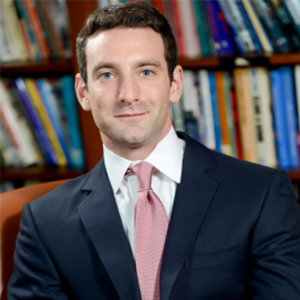A new study by Yale researchers of more than 8.9 million visits to emergency departments (EDs) reveals that a small group of predominantly for-profit hospitals in the United States have the highest concentration of out-of-network ED billing rates: While 50% of hospitals have out-of-network billing rates below 5%, 15% of hospitals have out-of-network billing rates above 80%.
The researchers, including Jackson professor and health economist Zack Cooper, previously found that 22% of privately insured individuals who went to in-network hospitals were treated by out-of-network physicians and thereby potentially exposed to significant unexpected costs. In their new study, they also found that recent legislation in New York State has been effective at reducing the incidence of out-of-network-billing, but that policy makers could do more to better protect consumers.
The study, based on data from a large commercial insurer covering tens of millions of individuals, also analyzed the behavior of two of the nation’s leading physician outsourcing companies: EmCare and TeamHealth. More than 60% of hospitals outsource ED care, and the study found that the choice of ED management firm can have a dramatic impact on the likelihood of out-of-network billing. The research team found average out-of-network billing rates of 62% at hospitals that outsourced their EDs to EmCare, while hospitals that turned to TeamHealth for ED management had average out-of-network billing rates of 13%.
The researchers linked these differences in out-of-network billing rates to the entry of EmCare by observing what happened when EmCare assumed management at 16 hospital EDs from 2011 through 2015. They found that in the first year EmCare entered hospitals with previously low out-of-network billing rates, out-of-network billing rates increased by over 70 percentage points. Out-of-network billing rates then increased an additional 24.9 percentage points in the second year those hospital EDs were under EmCare management.
The researchers found notable changes in patient care and billing patterns after EmCare entered a hospital. After EmCare entered a hospital, patients were 5% more likely to have an imaging study performed, 23% more likely to be admitted, and 43% more likely to be billed by EmCare physicians for their visit under the highest acuity — and highest paying — procedure code. No such changes were observed in hospitals where ED management was outsourced to TeamHealth.
“Our results are striking,” said Cooper. “Most emergency physicians participate in insurance networks. However, out-of-network billing rates are worryingly high at a small group of hospitals, which tend to be for-profit institutions.
The study, titled “Surprise! Out-of-Network Billing for Emergency Care in the United States,” is available online as a working paper hosted by the National Bureau of Economics Research.
The research was highlighted in The New York Times and NPR’s Morning Edition.

